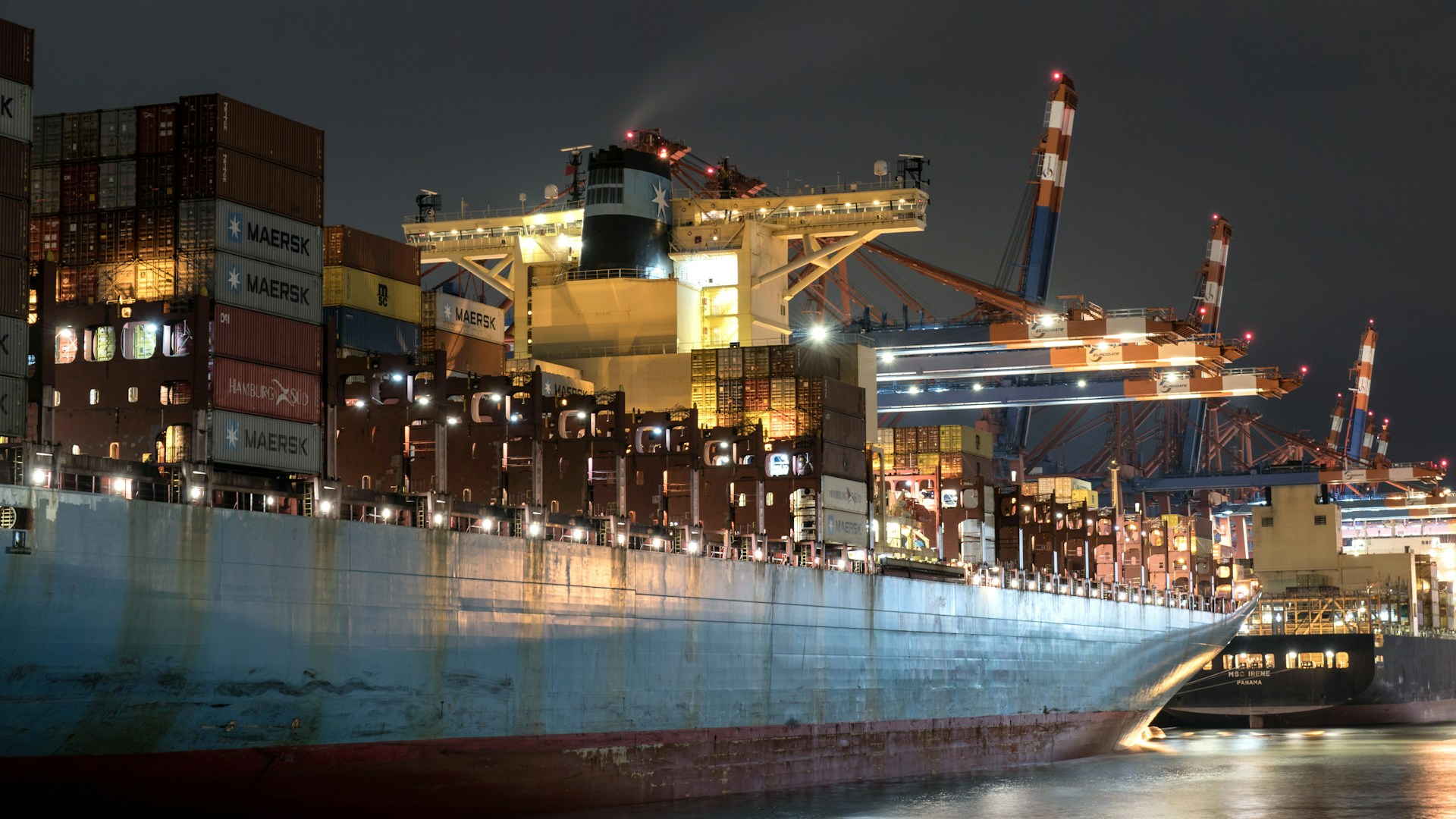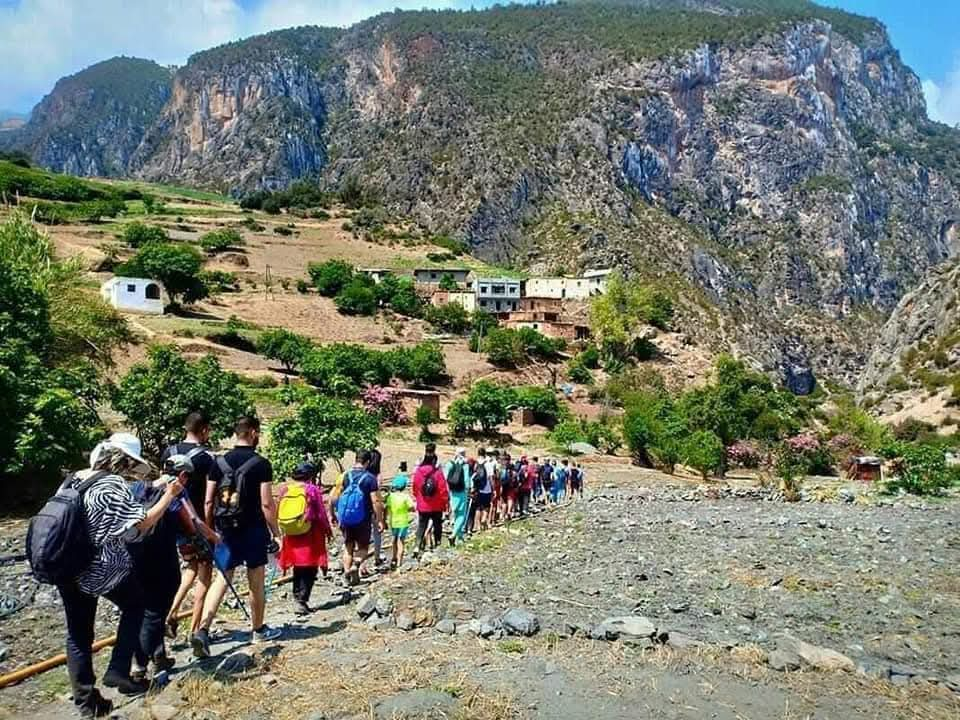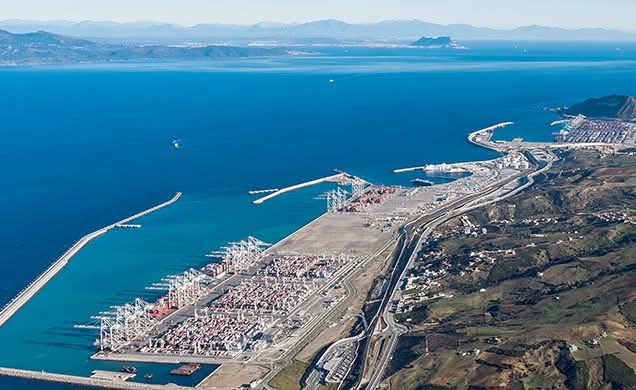Casablanca – Morocco’s tourism sector continues to grow steadily in 2025, with 5.7 million tourists visiting the country between January and April. According to official figures, this marks a 23% increase compared to the same period in 2024, reflecting a rising interest from international travelers in visiting the North African nation.
The figures, published by the Ministry of Tourism, Handicrafts, and Social and Solidarity Economy, confirm a notable performance in what is traditionally considered a slower travel season. April alone accounted for 1.7 million tourist arrivals—up 27% year-on-year—underscoring a shift in travel dynamics that favors year-round visitation rather than seasonal peaks.
Strong start reflects sector resilience
While the numbers alone are impressive, they also reflect deeper structural changes within Morocco’s tourism strategy. Government-led reforms in infrastructure, air connectivity, and international marketing have played a key role in boosting the country’s appeal to global travelers. These improvements have helped position Morocco among the fastest-growing tourist destinations worldwide, according to the ministry.
Fatim-Zahra Ammor, Minister of Tourism, described the results as a “strong indicator” of the sector’s performance heading into the rest of 2025. The minister pointed out that recording one million additional visitors in the first quarter alone is a remarkable feat for a period typically marked by moderate tourist activity.
Policy and promotion driving results
Behind the surge in arrivals is a tourism roadmap introduced by Moroccan authorities to restructure and modernize the sector. The plan focuses on promoting sustainable growth, embracing digital transformation, and diversifying tourism experiences across the country.
Key components of the strategy include expanding Morocco’s international flight routes, enhancing the quality of services in hospitality, and developing alternative tourism segments such as eco-tourism, culture-based travel, and adventure tourism. Additionally, national promotional campaigns like “Morocco, Land of Light” have played a crucial role in improving the country’s visibility in major source markets, particularly Europe and North America.
The Moroccan National Tourist Office (ONMT) has been proactive in targeting these markets, organizing roadshows, digital campaigns, and trade partnerships to boost Morocco’s attractiveness. This has contributed to a sharp rebound in inbound travel, even amid global competition and economic uncertainty in parts of Europe.
Building on a record-breaking 2024
The latest figures build on Morocco’s record-setting performance in 2024, when the country surpassed 14.5 million tourist arrivals for the first time in its history. Analysts now expect that the country could reach or even exceed 16 million visitors by the end of 2025, assuming current growth trends continue.
This target appears within reach thanks to favorable conditions, including the return of long-haul travel, increased air capacity, and Morocco’s growing reputation as a culturally rich and safe destination. The upcoming preparations for the 2030 FIFA World Cup, which Morocco will co-host, are also expected to generate additional exposure and long-term tourism benefits.
Looking ahead: Opportunities and challenges
While recent results are encouraging, sector experts caution that sustained success will require ongoing investment and adaptive policy responses. Challenges such as overtourism in some regions, infrastructure gaps in emerging destinations, and climate-related vulnerabilities could pose risks if not addressed in a timely manner.
Nonetheless, Morocco’s current trajectory demonstrates the potential of a well-managed tourism sector to support broader economic and social development goals. The increase in arrivals has translated into job creation, foreign exchange inflows, and renewed investor confidence—especially in hotel development and travel services.
As the country moves into the peak travel season, all indicators suggest that Morocco is well on its way to achieving another landmark year for tourism. Whether these gains can be consolidated into long-term, inclusive growth will depend on how effectively the public and private sectors continue to collaborate in shaping the industry’s future.
















